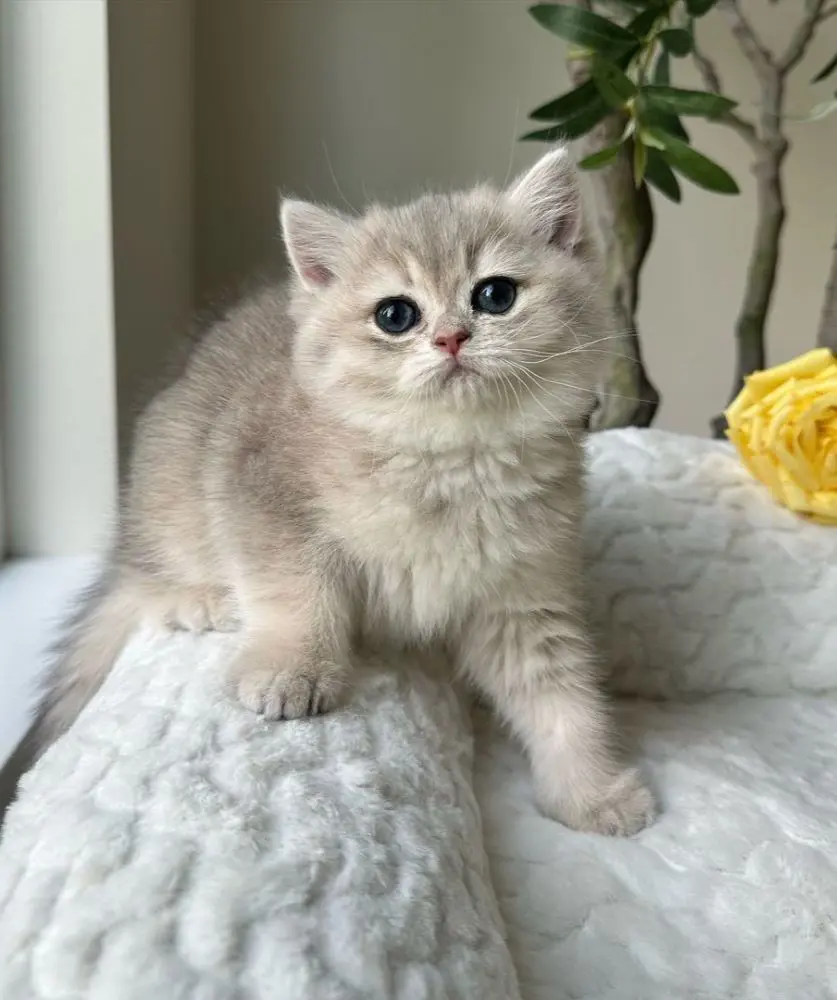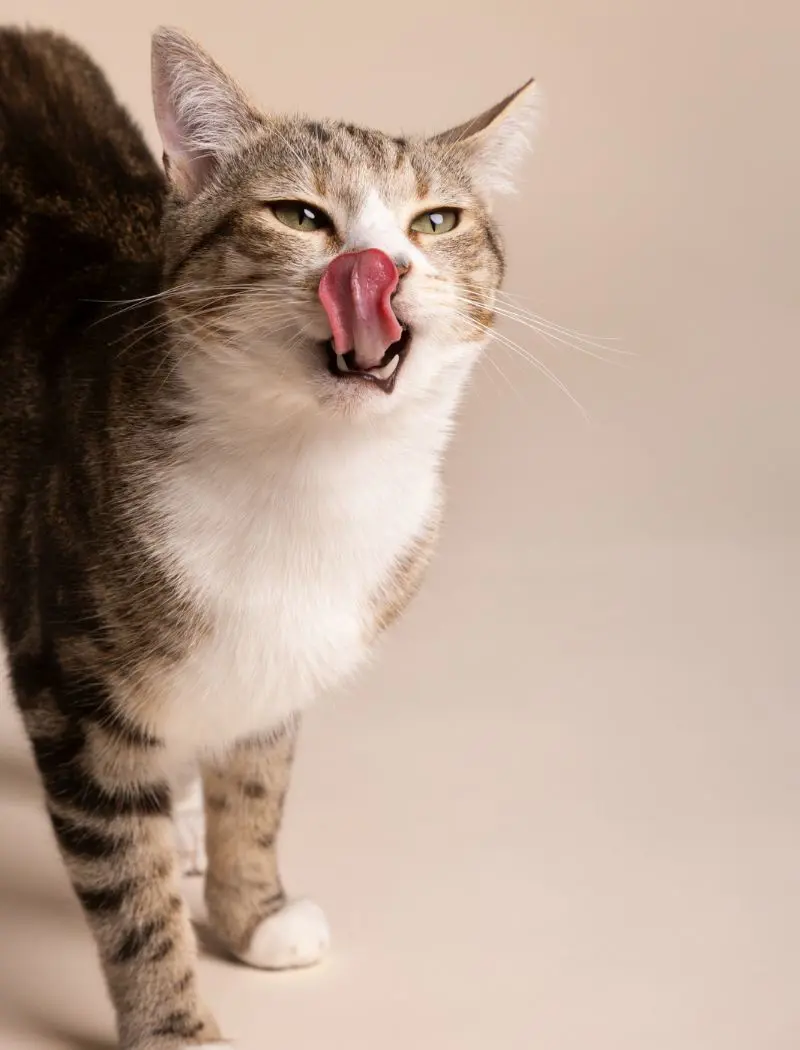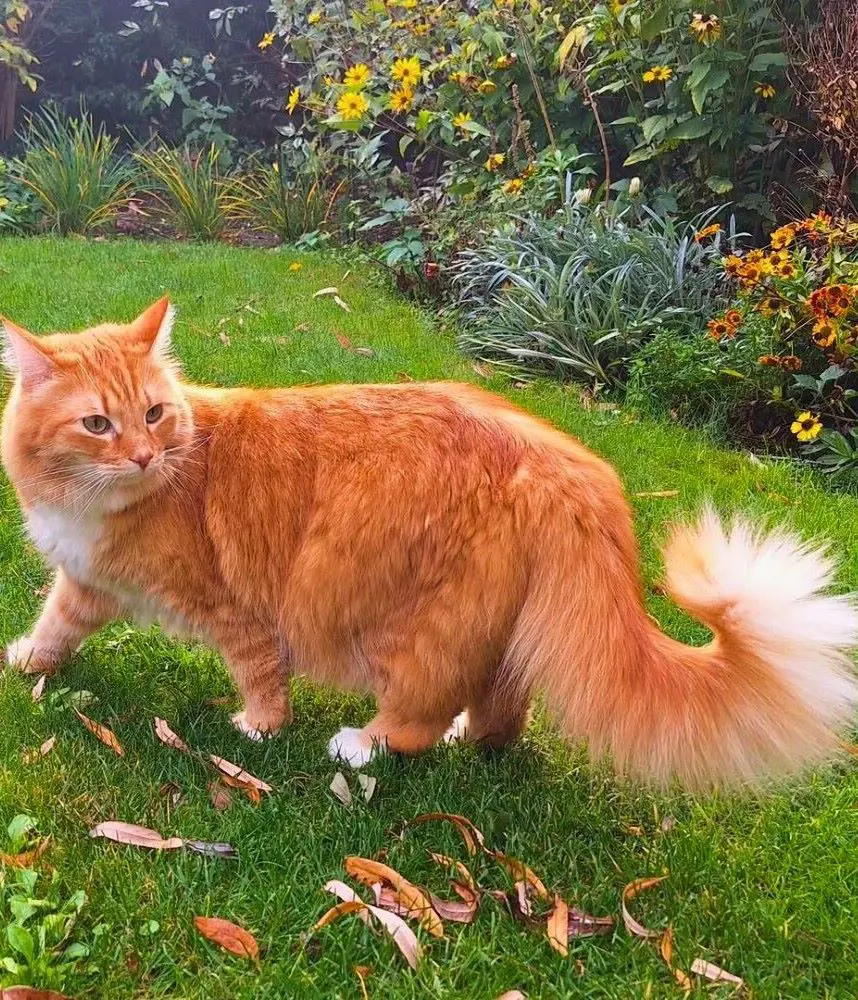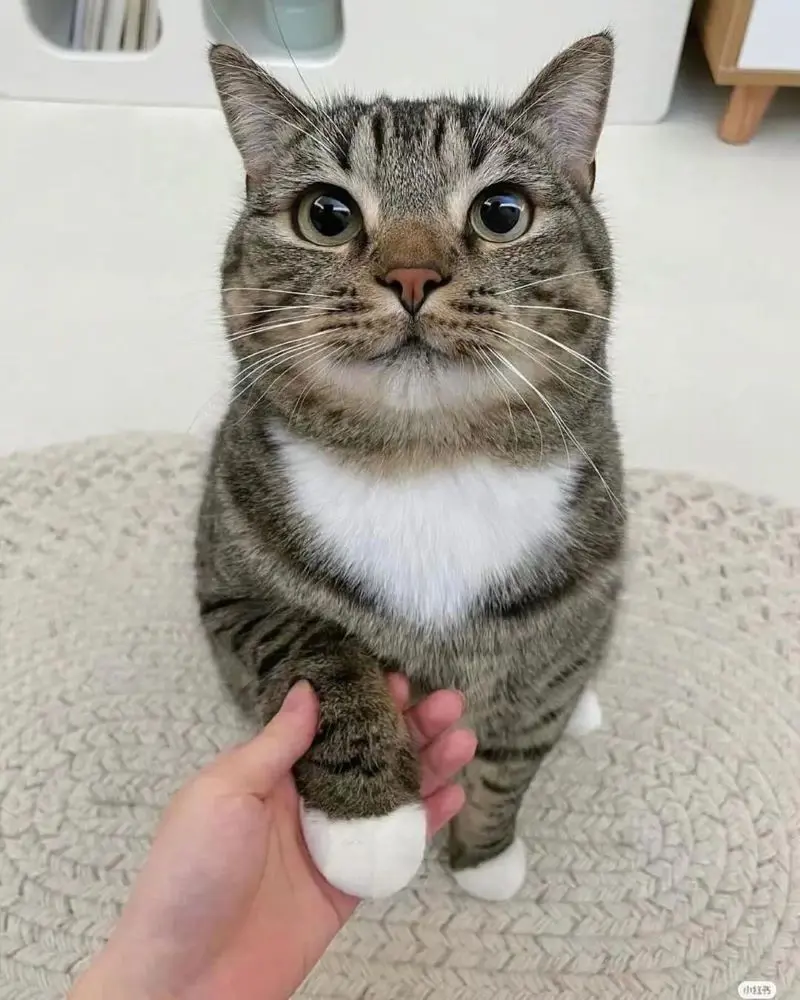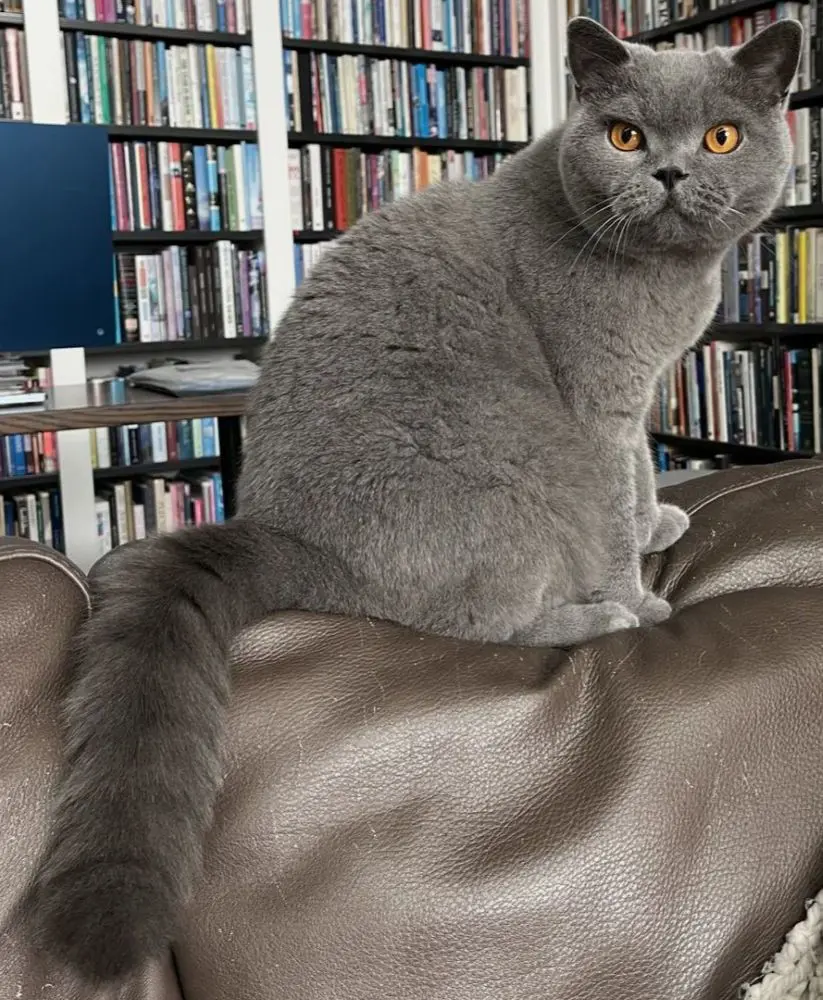18 Reasons For Cat Watery Eyes
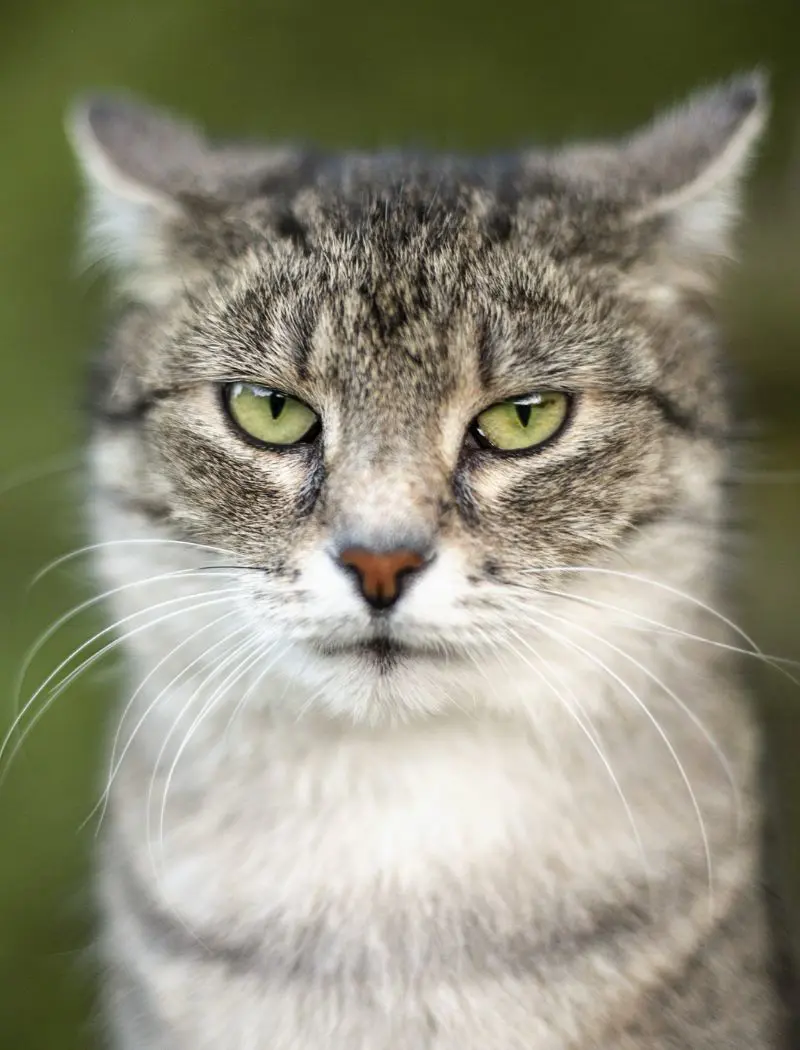
Watery eyes in cats can be caused by various factors ranging from minor irritants to more serious matters. It might be a natural response to environmental changes, but continuous watering can indicate an underlying condition that requires attention.
It is important to understand the potential causes of watery eyes to maintain their health and comfort. This article explores the different reasons why your cat may be suffering from watery eyes.
1. Allergies
Cats can be sensitive to various conditions like dust or smoke, and exposure to such irritants can affect their immune system. This can cause inflammation around the eyes and increase tear generation.
Watery eyes caused by allergies are usually accompanied by other indicators like sneezing or nasal leakage. The condition may worsen if the allergen stays around or the cat keeps rubbing its eyes. It may also cause a red, itchy surface around the eyes if the fur stays wet.
2. Conjunctivitis
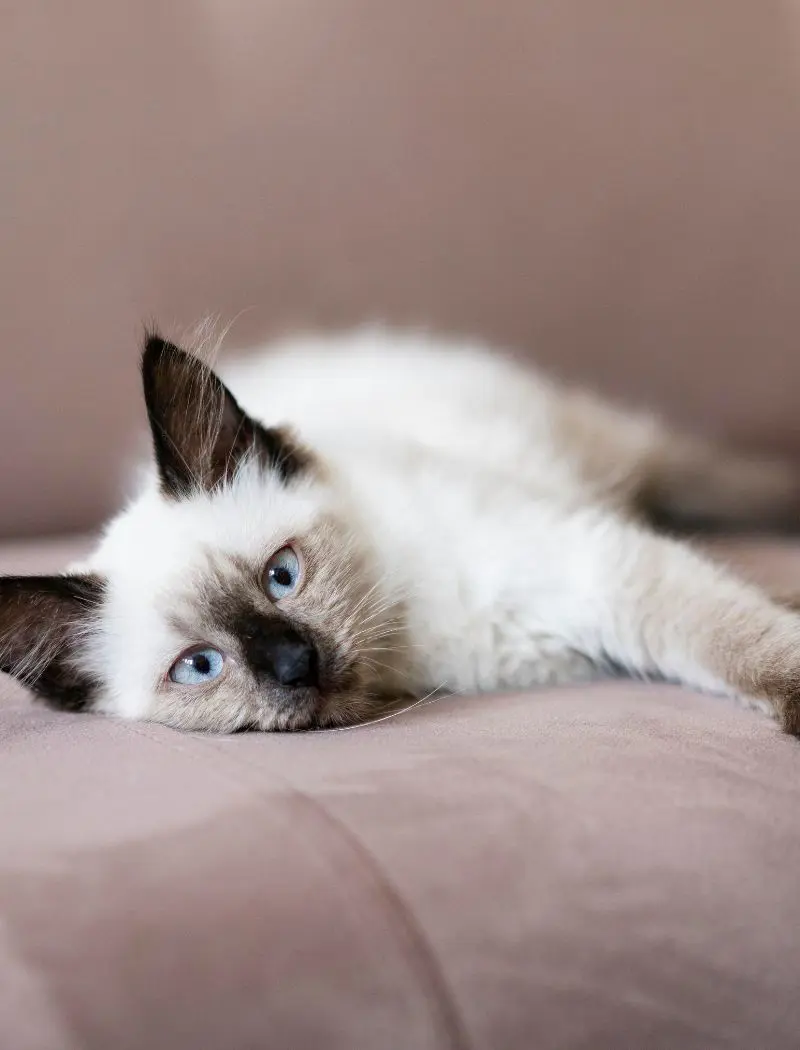
Conjunctivitis, also known as pink eye, causes watery eyes in cats as it inflames the thin, clear tissue covering the white part of the eyes and the inside of the eyelids. The body responds to the inflamed area by producing extra tears to soothe the distress.
This condition can be caused due to various factors like viral infections, allergies, or irritants like dust, leading to watery eyes as the body attempts to remove the irritant. Cats with pink eye may show signs of unease like squinting, excessive eye movement, or scratching, which can further irritate and worsen the situation.
3. Upper Respiratory Infections
It is a common health issue in cats that can cause watery eyes as it affects the eyes, nose, and airway. Viral infections can be highly contagious and cause this infection in cats and may become more severe as it affects the tissue around the eyes, resulting in watery eyes.
The discharge may turn thicker and more like mucus if the condition progresses to bacterial infection. It is very important to monitor your cat and look out for signs such as nasal discharge or sneezing to keep them healthy and free from such health issues.
4. Foreign Bodies
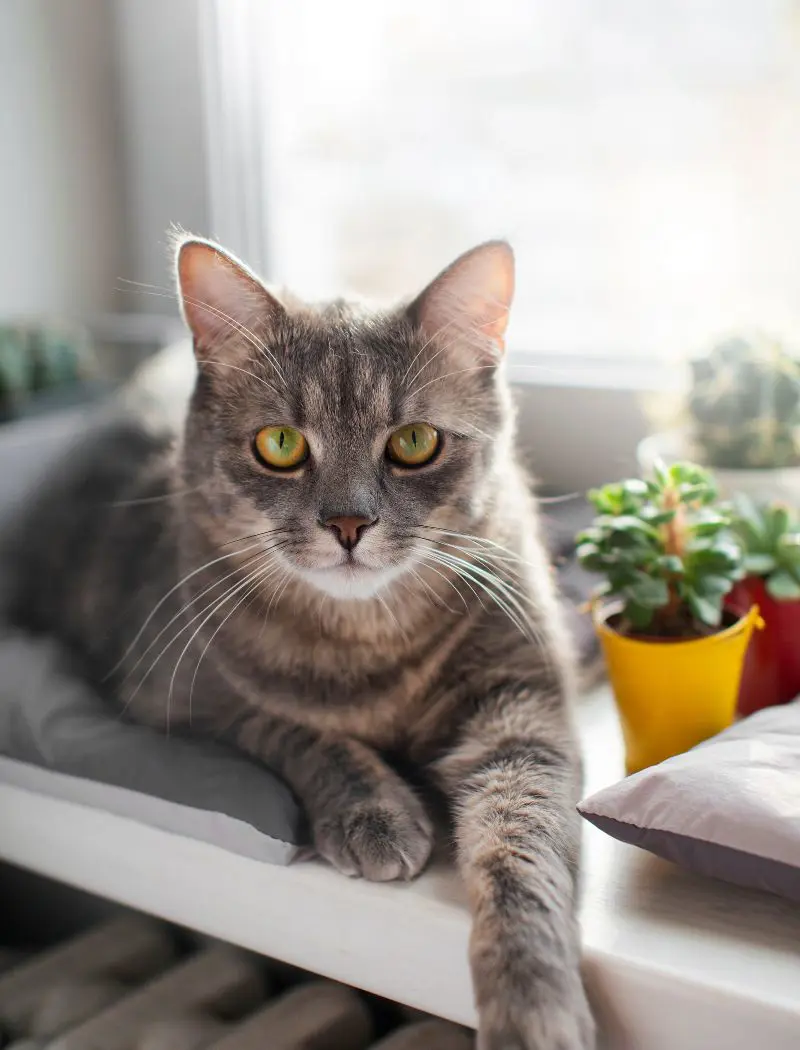
Foreign objects in a cat's nasal passages are another cause of watery eyes and it can be anything from small particles like dust to plant matter that may accidentally get stuck. These objects that do not belong in the cat's eye can cause irritation and infection that may lead to discomfort and pain.
These objects cause the eye to produce excess tears in an attempt to clear the foreign material, resulting in this condition. The foreign object can cause discomfort and lead to symptoms such as squinting, blinking more than usual, or pawing at the affected eye.
It is important to take them to the veterinarian as soon as possible if they inhale harmful objects so that it is removed with expert help and do not further harm the cat.
5. Dental Problems
Cats with dental issues are likely to suffer from watery eyes due to the close connection between the mouth, teeth, and nasal route. Dental issues can cause bacteria to spread from the infected teeth or gums into the structure around the eyes, leading to inflammation and infection in the eyes.
An infected tooth or abscess can create pressure on the sinuses or the tear ducts and can block normal tear drainage. This can cause tears to overflow and appear as watery eyes. The infection can sometimes irritate the tissues near the eye, leading to additional redness or swelling alongside the watery discharge.
6. Environmental Irritants
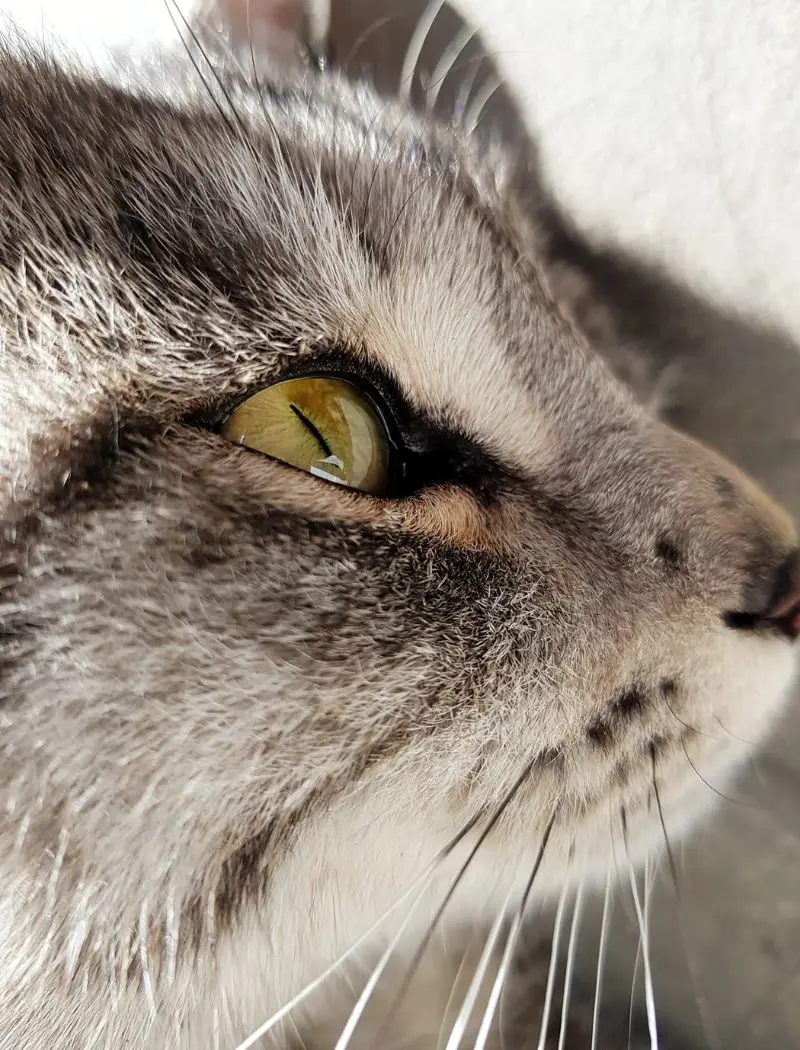
Environmental irritants that can range from chemicals to airborne fragments, can trigger allergic responses or direct irritation in cats' eyes. Cleaning products, air fresheners, smoke, and dust are some common environmental triggers that cause teary eyes in cats.
Household cleaning agents that contain bleach or other harmful chemicals can also irritate their eyes. Smoke from cigarettes and cooking can dry out or irritate the eyes, resulting in a watery or runny nose. The symptoms caused by these irritants are normally moderate but if the exposure is long, it can become chronic.
Cats living in high-pollution areas or in homes with poor ventilation are more likely to be affected by this condition.
7. Age
The immune system of an aged cat becomes less effective at managing minor irritants that can lead to increased mucus production. Older cats can also develop eye conditions like cataracts, which may make them more prone to irritation and can cause symptoms such as watery eyes, redness, and sensitivity.
These cats may also become more sensitive to their surroundings, so dust and slight changes in temperature or humidity can also cause mild irritation. This can trigger a watery eye in cats as their body tries to these new sensitivities. It is normal for them to have occasional watery eyes, but persistent continuation of this condition can indicate underlying issues that may require veterinary care.
8. Eye Injury
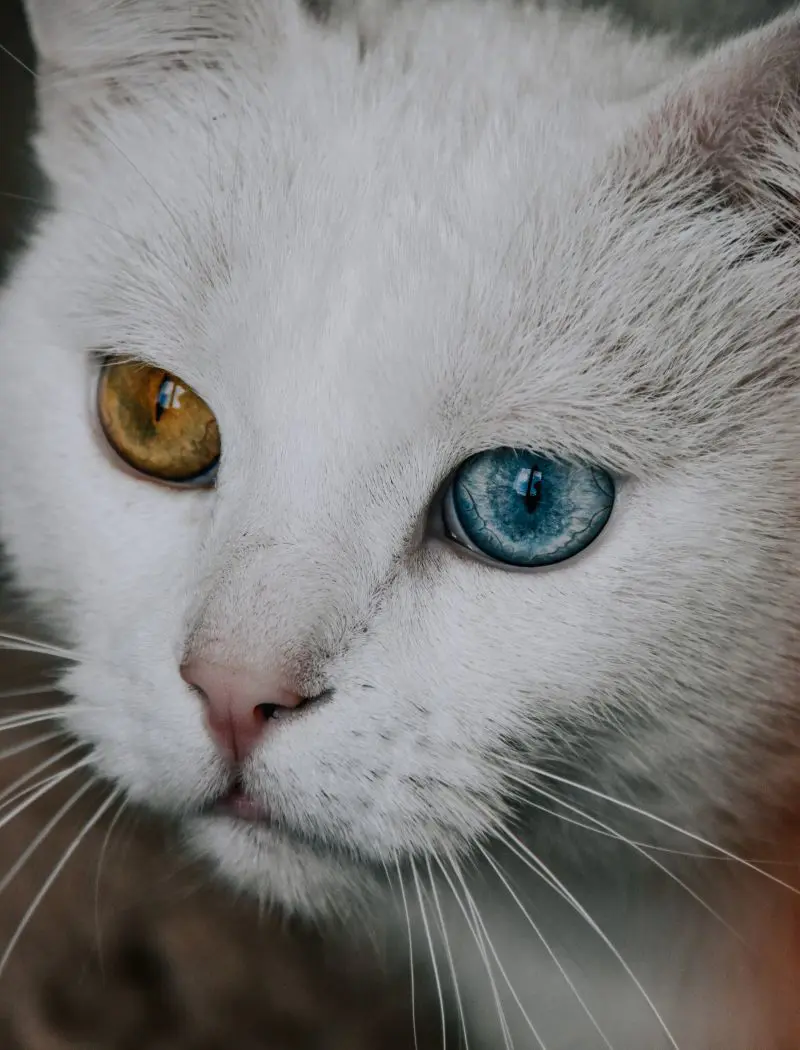
Physical trauma to the eye area caused due to a fall, fight, or any accident can result in this issue as the body reacts by producing tears. This is part of the body's natural security response to flush out any foreign objects or fragments that may have entered the eye during the injury.
Eye injuries can also create an opening for bacteria or viruses to enter, leading to an infection. An infected eye is more likely to produce watery discharge and may also become red or swollen. It is important to see veterinary care if your cat has an injury to ensure it heals properly.
9. Stress
Stress affects a cat's immune system and can contribute to physical signs as the body has changes that can compromise its health. A stressed cat is susceptible to outbreaks that may lead to watery release in cats.
Stress can weaken a cat's immune system, making it harder for their body to combat and increasing the risk of eye problems. These cats may also engage in behaviors that worsen physical symptoms as they may excessively groom themselves or paw at their eyes, which may irritate the areas and result in a runny nose.
It can also cause watery eyes by triggering tear production as a natural response to discomfort.
10. Excessive Grooming
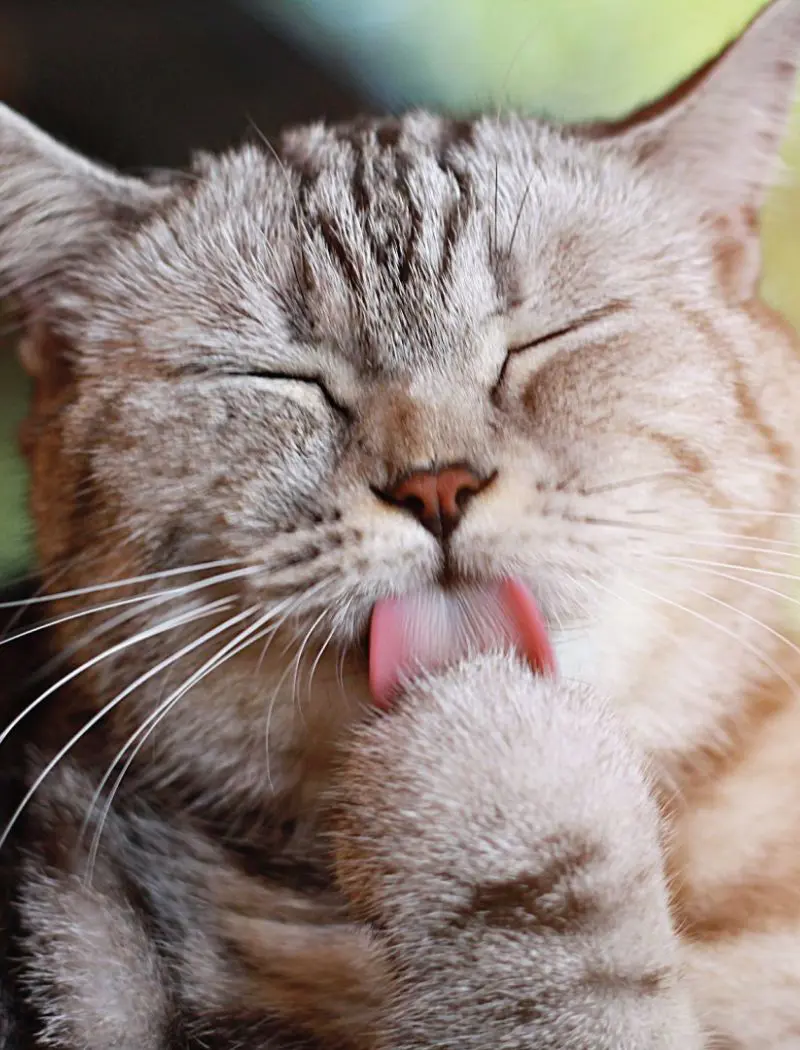
Cats use their tongue to clean every part of their body including their face and eyes while grooming themselves, which is a natural behavior as they are particular about staying clean. However, excessive grooming can cause watery eyes as it can irritate the skin and delicate tissue near the eyes.
Grooming can also loosen the dirt in their fur and move it around, resulting in increased tear production if it enters their nose. Excessive grooming can also cause a cat to produce more saliva than usual and it can get onto the eyes and lead to temporary irritation.
11. Nasal Congestion
A cat suffering from nasal congestion may have difficulty inhaling properly through their snout and may start breathing through their mouth to clear the obstruction. This disruption in normal breathing can affect the tear ducts as they are connected to the nasal cavity, leading to watery eyes.
Nasal congestion can also cause pressure to build up in the sinuses located near the eyes and can affect the tear ducts, blocking them and causing tears to overflow. The sinus pressure may lead to the eyes becoming irritated, further triggering tear production.
12. Blocked Tear Ducts
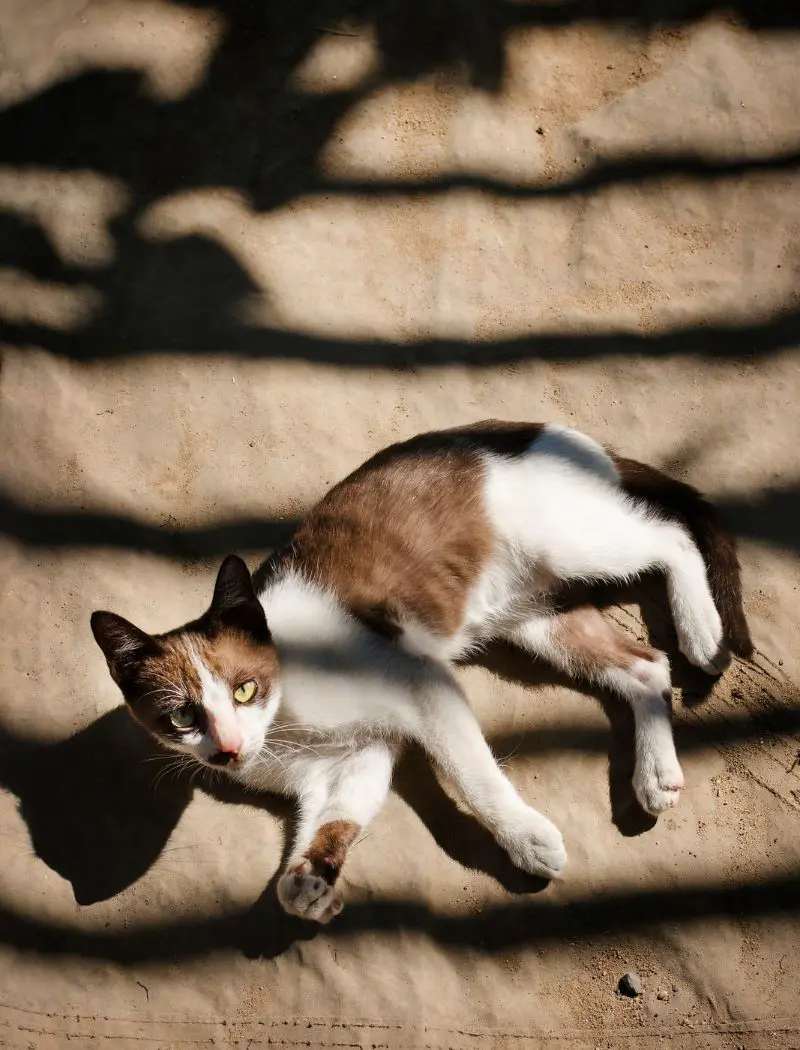
Blocked tear ducts can cause extra water discharge in cats when the tears cannot drain properly through the passages and instead overflow onto the face. When this condition occurs, the continually produced tears have no pathway to drain properly, leading to a collection of tears that spills.
The extra moisture around the eyes can also cause unease or encourage bacterial development, worsening the issue. Blocked tear ducts can happen for various reasons such as infections, injury or trauma, and foreign objects.
13. Dry Eye
The eye of a cat suffering from this condition does not produce enough tears to keep the surface greased which may cause irritation. To compensate for this, the body tries to produce reflex tears but these are usually insufficient to resolve the dryness, leading to ongoing irritation and watery eyes.
Thick or sticky discharge, redness, and irritation are some of the symptoms that can be seen in a cat suffering from dry eye. It is important to seek veterinary care if your cat shows signs of dry eye as it can cause further complications.
14. Infections
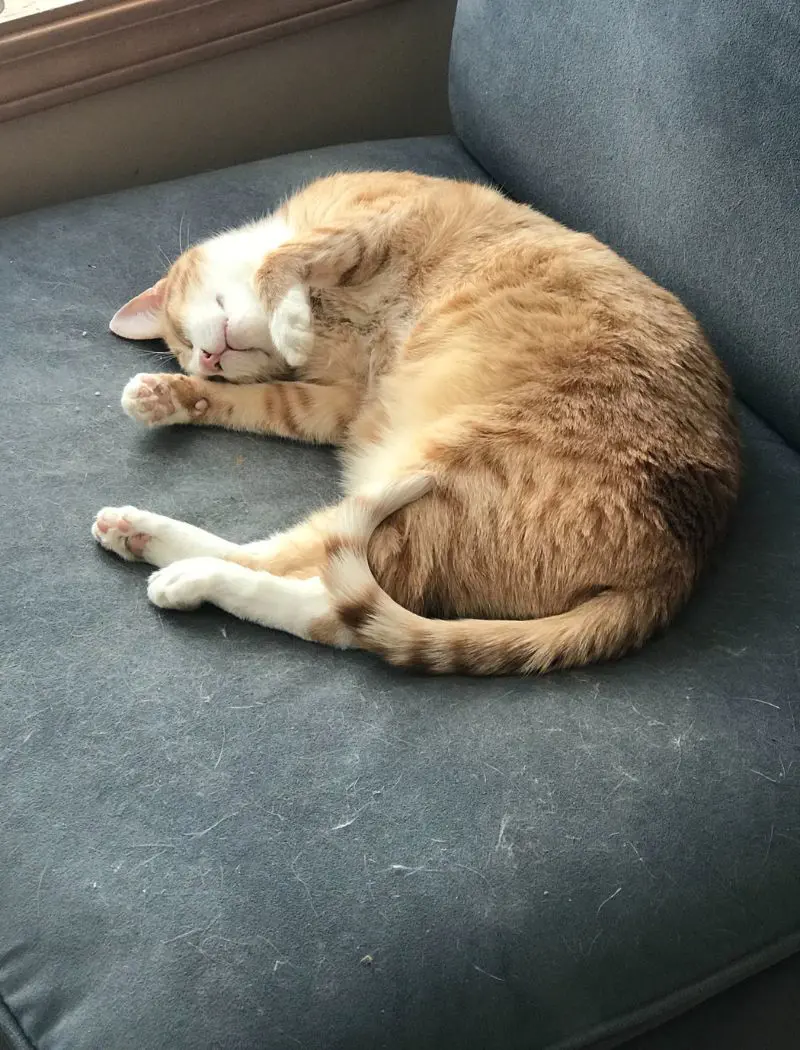
Watery eyes in cats are usually caused by infections that affect the eyes or surrounding tissues, which may trigger inflammation and lead to the overproduction of tears as the body tries to flush out irritants. Viral infections can cause chronic eye issues including watery eyes and discharge, which is more susceptible in cats with weakened immune systems.
Bacterial infections that can be caused due to injuries or poor hygiene can also produce yellow or green discharge along with excessive tearing. While it is rare, fungal diseases or parasites can also cause tearing due to irritation and swelling.
Tear production is usually the body's response to infection to protect and cleanse the eye but can sometimes worsen the problem by creating a moist environment that may encourage bacterial growth.
15. Tear Film Imbalance
The tear film is a thin, protective layer that covers the surface of the eye and plays an important role in maintaining eye health. It works to keep the eye hydrated, protect it from irritants, and provide a smooth surface for clear vision.
Tear film imbalance usually happens when one or more layers of it are limited. A deficiency of the oily layer can cause tears to dry quickly and cause dehydration and later excessive tearing. This imbalance can be caused by factors like age, allergies, or other medical issues.
16. Breed-Specific Issues

Certain cat breeds are prone to this matter due to their facial form, genes, or specific health concerns. Differences in skull shape and eye placement can also cause this issue as it can interfere with the natural drainage of fluid.
Cats like Persians or Exotic Shorthairs have flat faces and short nasal passages that lead to shallow eye sockets, which makes it difficult for tears to drain properly. Instead of flowing into the nasal cavity, the tears flood and cause wetness.
Siamese and Burmese cats are known for their almond-shaped eyes, which are more exposed to environmental irritants and injuries. Their eye shape makes them prone to conditions like conjunctivitis, which can result in excessive fluid. Understanding the specific needs of each breed can help owners take proactive steps to manage tear-related problems.
17. Seasonal Changes
Changes in weather, temperature, and environmental conditions during certain times of the year often lead to watery eyes in cats. This is normally a natural response to external irritants or changes in the habitat as the eyes try to protect from discomfort.
Increased pollen in the spring can trigger a sensitivity reaction which can cause symptoms like watery eyes. Reduced humidity levels in the winter due to indoor heating systems and colder outdoor air create a dry environment that can irritate a cat's eyes and lead to reflex tearing.
18. Teary Eyes From Pain
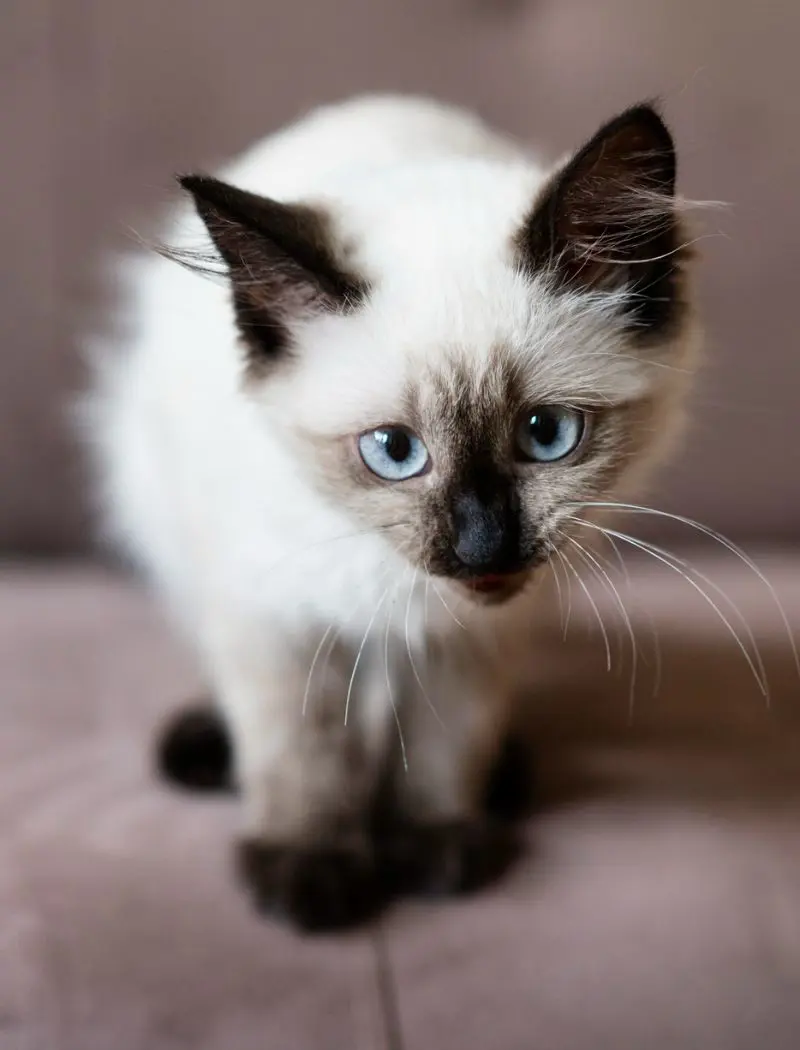
The eyes are highly sensitive organs that may produce tears to protect themselves when they experience unease. Tears induced by pain can be caused due to various causes such as trauma, infections, or other conditions that may need immediate attention.
Cats experiencing teary eyes due to pain may show other signs such as squinting, pawing at their face, and avoiding bright light. These signs should never be ignored and must be consulted with a vet to help the cat lead a healthy life.
Top Lists



